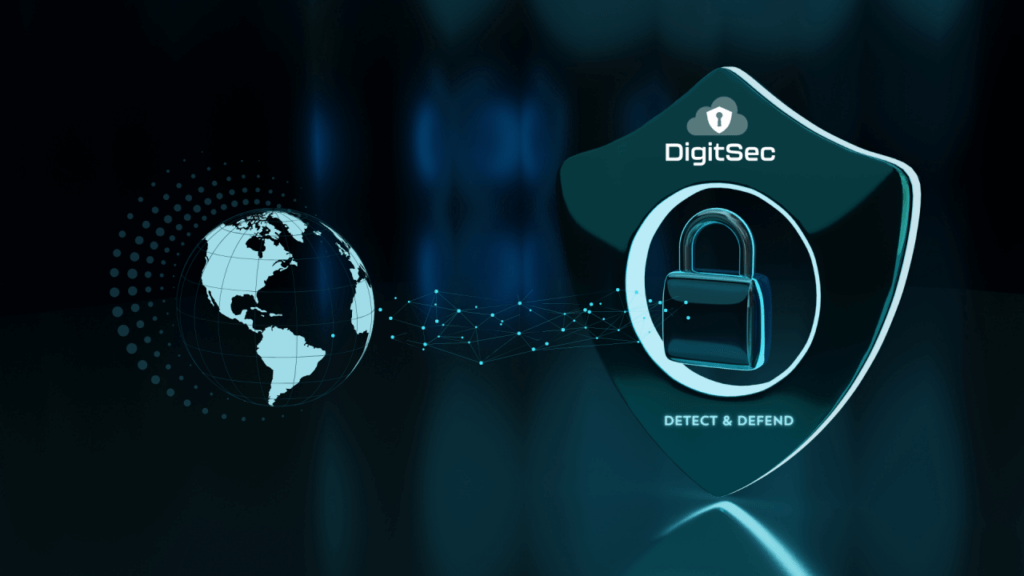The major challenge for cybersecurity teams is to keep up with the ever-evolving threat landscape. Today, networks are highly complex and contain numerous digital assets, sub-networks, security stacks, and endpoints that require constant monitoring and maintenance. Let’s now add security for applications to support SaaS platforms. SaaS usage has grown by 32% since 2021, and the average department in an organization uses about 87 SaaS applications. Businesses rely on SaaS applications to help run efficiently, provide quality customer service, and become profitable. In many cases, organizations have internal teams that develop business-critical applications that are customized to meet their exact needs. However, there is a constant struggle to create cohesiveness and balance between application security and deliverability.
Cybersecurity teams strive to be proactive, not reactive and have stringent control of the network topography, including application security. The growing need for users to access business-critical assets and applications has exponentially increased the potential for unintentional vulnerabilities in code. Data leaks caused by vulnerabilities in the code can contain valuable PII and monetized in the underground economy. These data leaks can result in severe consequences that result in loss of revenue and reputational damage that dramatically affects profitability.
Developers are assigned to create and update applications promptly to keep up with the needs of the business and deliver essential capabilities to users. For developers, constant code checking to identify and correct vulnerabilities and bugs is daunting. Some industries are mandated to meet regulatory requirements, and developers must implement robust security measures and secure data storage to prevent unauthorized access. Understanding the basics of cybersecurity can be difficult, especially under a time constraint to deliver a mission-critical application.
So, how can cybersecurity and development teams collaborate more closely to ensure code integrity and that any high-risk vulnerabilities and errors have been identified and corrected?
Realistically, no code in the commercial software sector can be completely bug-free, but minimizing security issues and having the tools to mitigate risk is essential. To make a difference, developers should embrace code security and work with their cybersecurity team to alleviate the additional burden of ensuring applications do not contain vulnerabilities that can compromise the business.
One of the most widely used SaaS business platforms is Salesforce. It is deployed in over 150,000 companies in various industries and sizes to help run their businesses. Many organizations either develop in-house applications for internal use or use ISV offerings to extend Salesforce functionality. Salesforce application development can create challenges for cybersecurity and development teams in identifying and remediating vulnerabilities.
DigitSec develops a comprehensive Salesforce code security scanning platform that is easy to use and delivers immediate value and a positive business impact. DigitSec is an ideal solution for cybersecurity teams and developers to find security vulnerabilities, recommend corrective action before deployment, and enable faster delivery of secure applications. DigitSec is SOC 2 Type 2 compliant, ensuring internal best practices of security controls, policies, and procedures.
To find out how cybersecurity and Salesforce application development teams can all get along, visit us at www.digitsec.com or email us at sales@digitsec.com.
#cybersecurity #salesforce #trends #2024






